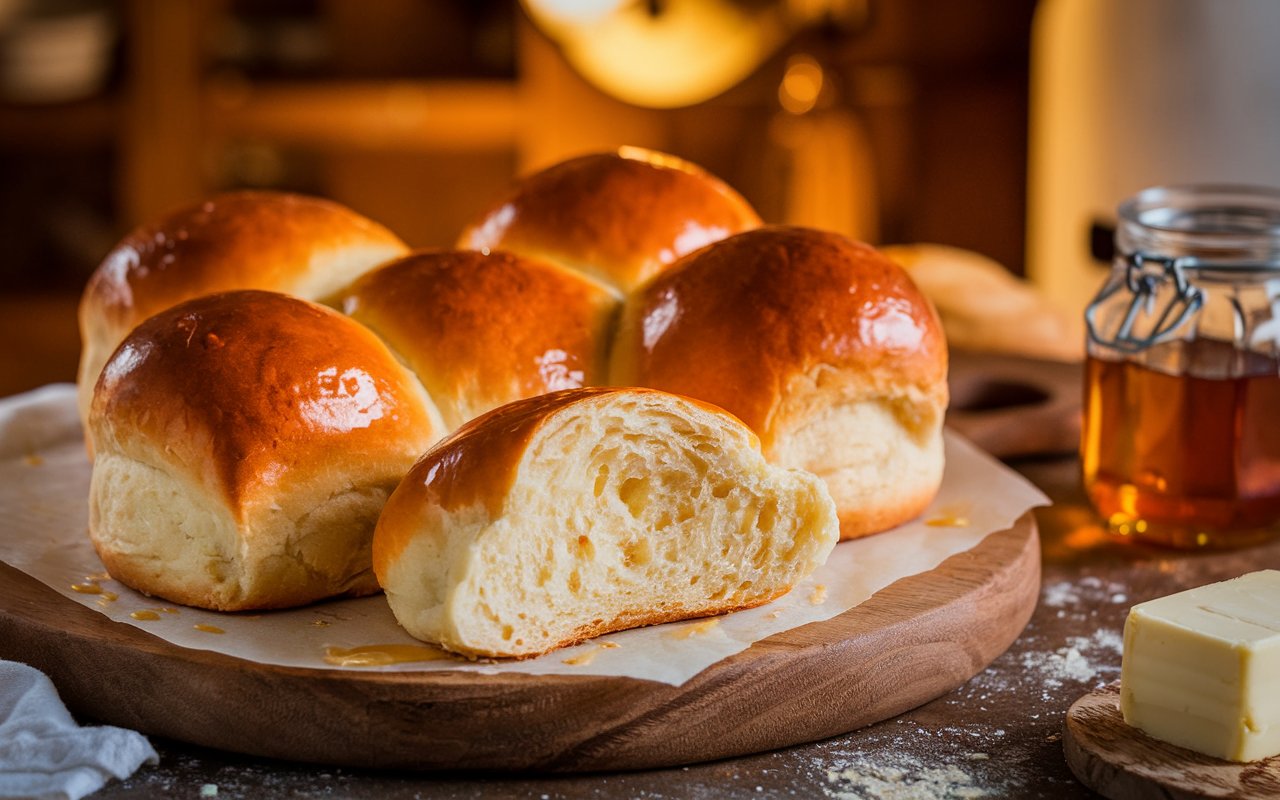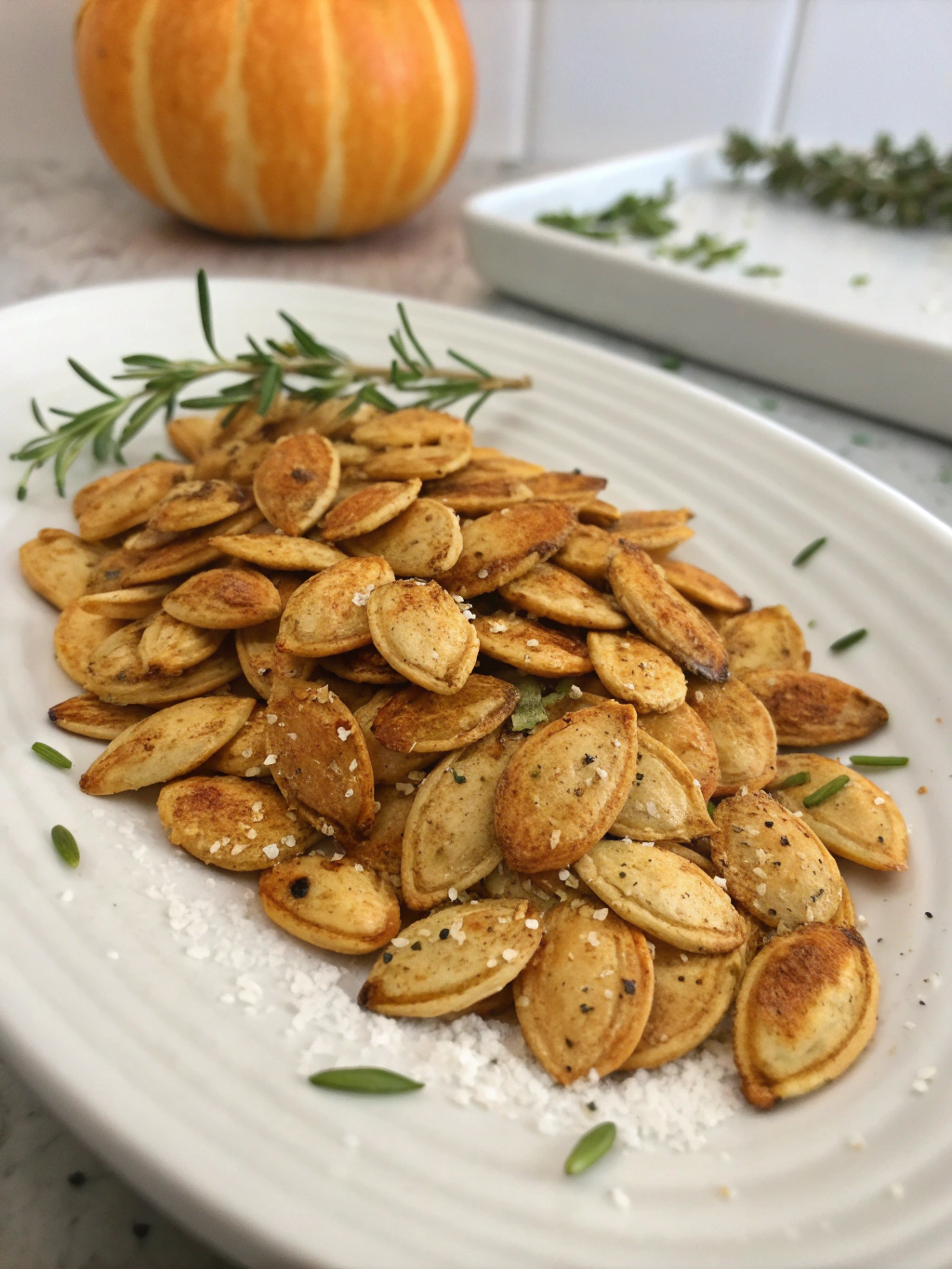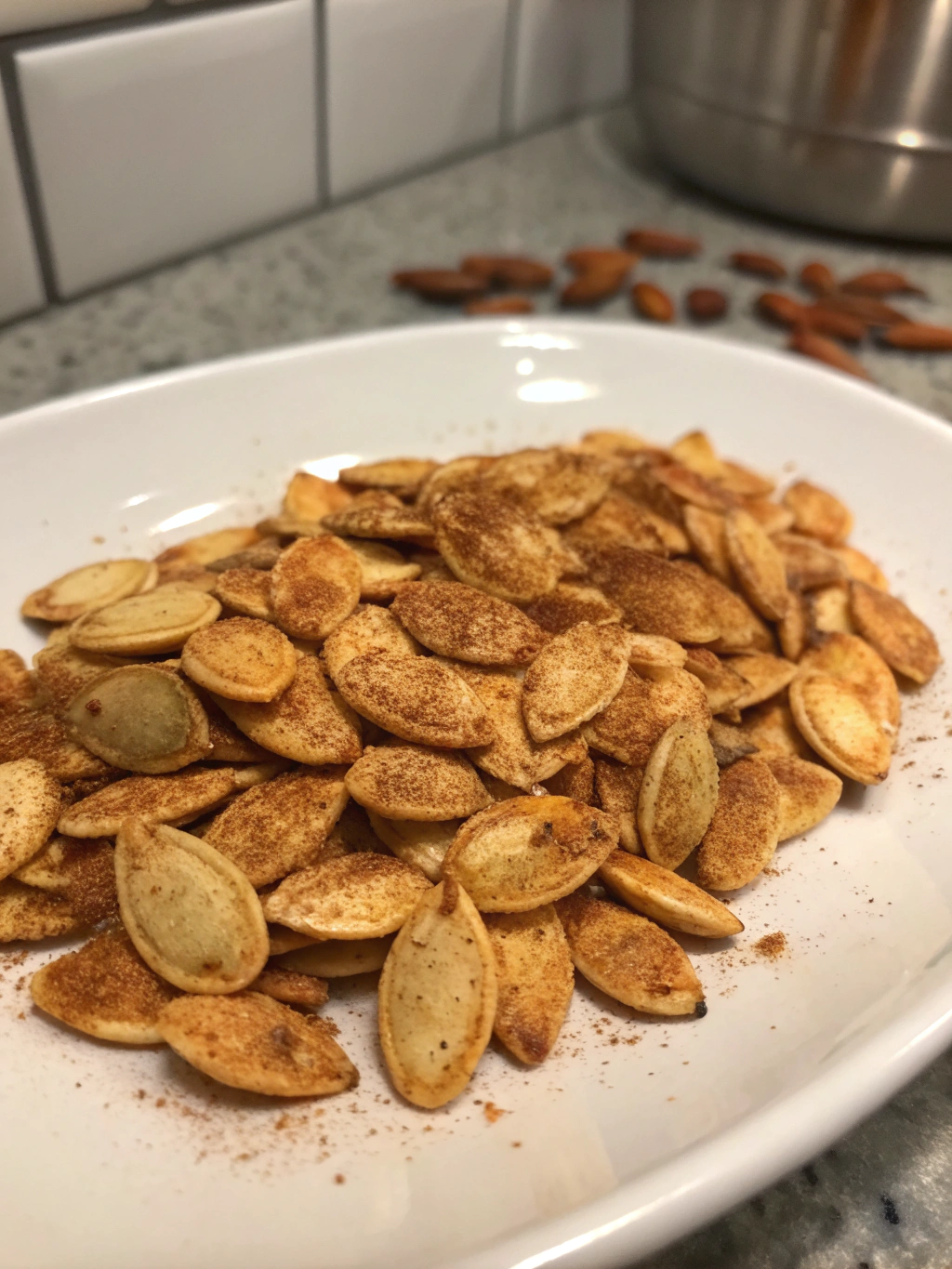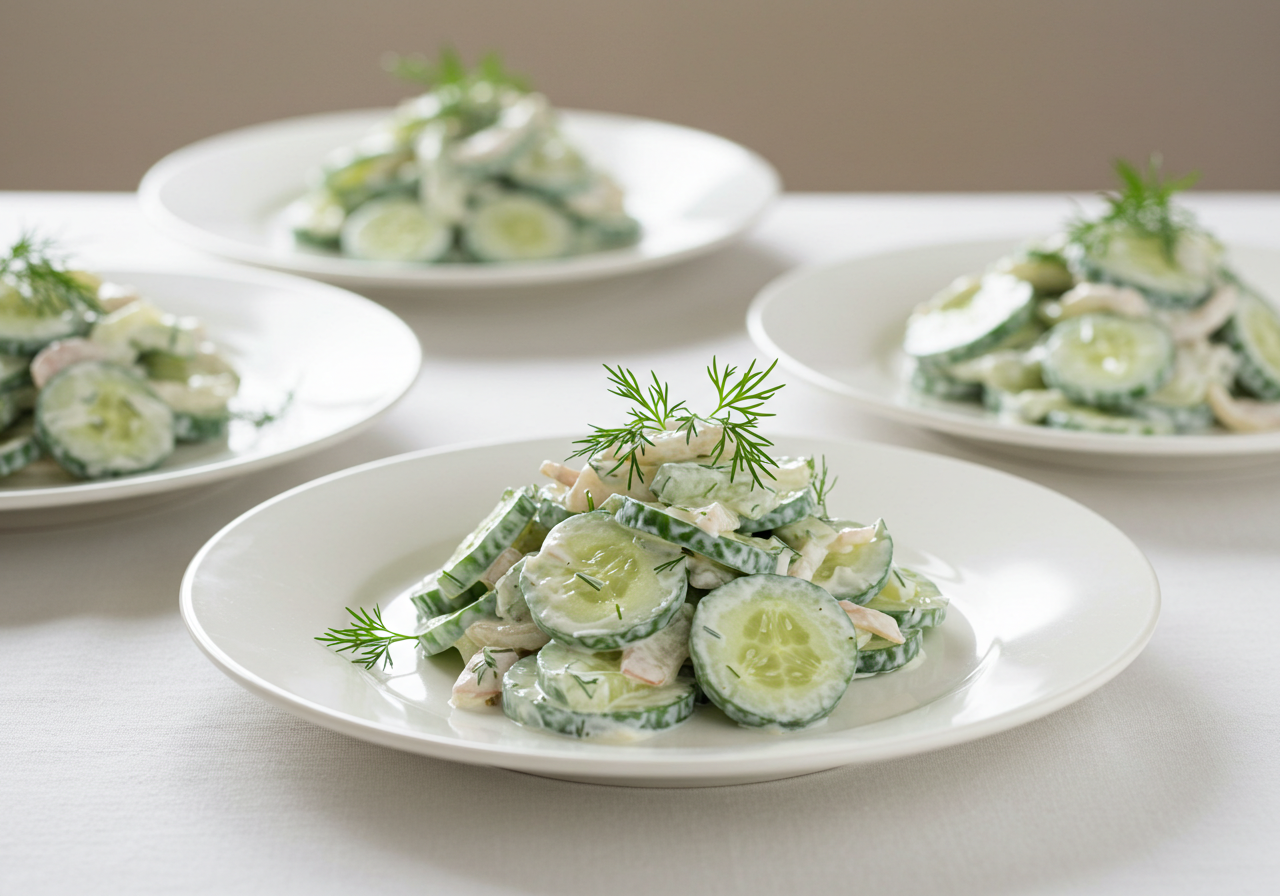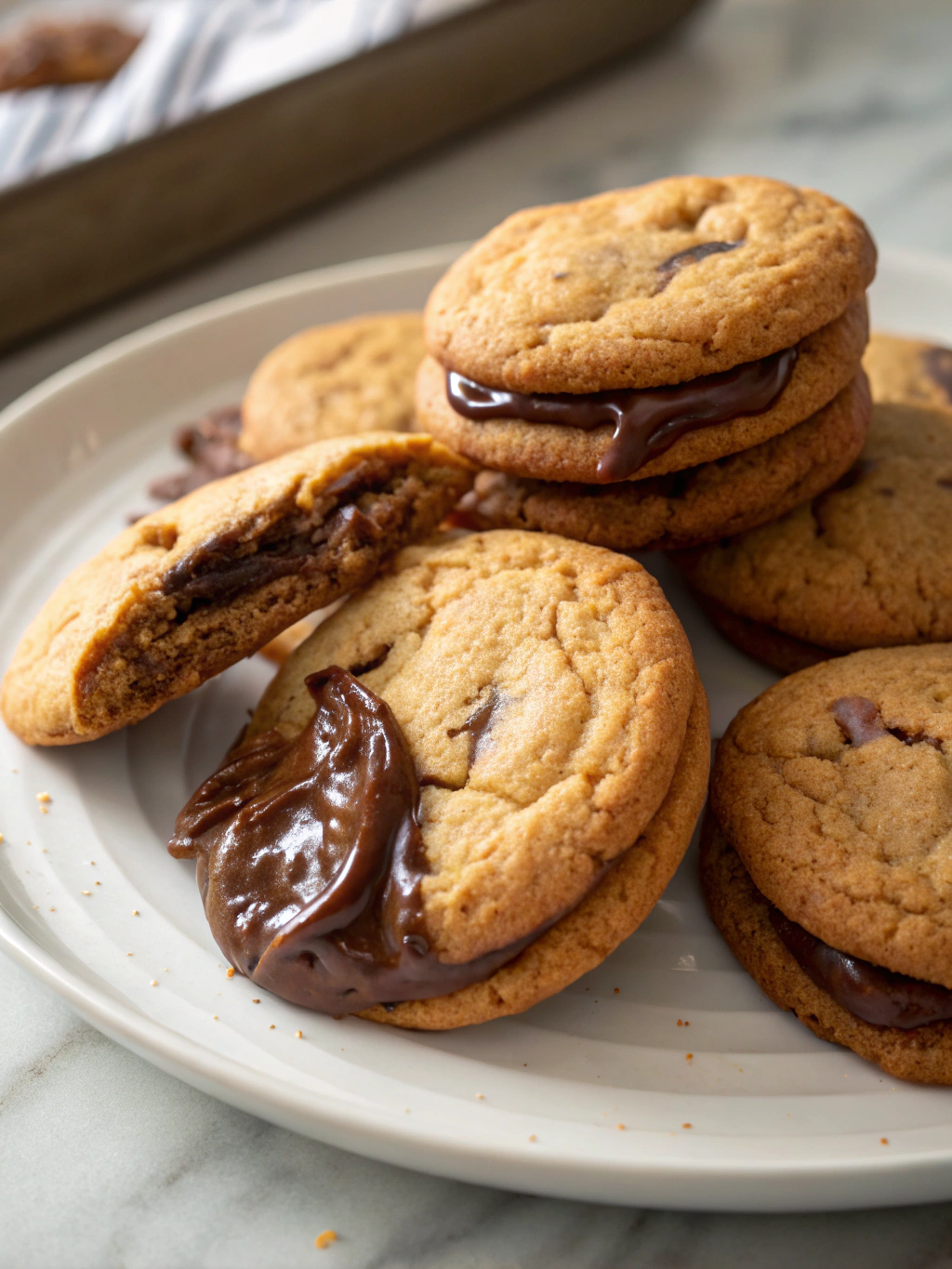Milk brioche rolls are a timeless classic that combines the luxurious softness of enriched dough with a buttery flavor that melts in your mouth. These light, fluffy rolls are a staple in bakeries and homes around the world, offering a taste of indulgence in every bite. With their golden-brown crust and pillowy interior, milk brioche rolls are the epitome of comfort food.
Whether served fresh out of the oven or as part of a meal, milk brioche rolls have a versatility that makes them ideal for various occasions. They’re perfect as a breakfast treat with a dollop of jam, a mid-afternoon snack with coffee or tea, or even as a base for gourmet sandwiches. Their slightly sweet, buttery profile complements both sweet and savory toppings, making them a favorite for everyone.
In this guide, we’ll walk you through everything you need to know to make the perfect milk brioche rolls, from understanding the key ingredients to mastering the baking techniques. Whether you’re a seasoned baker or a beginner looking to try your hand at these delightful rolls, this guide has you covered. Let’s dive into the world of milk brioche and uncover the secrets to crafting these irresistible treats!
What Are Milk Brioche Rolls?
History and Origin
Milk brioche rolls are a delightful offshoot of the classic brioche, a bread steeped in French baking tradition. Brioche, with its rich, buttery dough, has been a hallmark of French pâtisserie for centuries, dating back to at least the 15th century. Initially considered a luxury bread due to its use of premium ingredients like butter and eggs, brioche became a symbol of indulgence and celebration in French households.
Milk brioche rolls take this classic recipe and add a modern twist by incorporating milk into the dough. This addition not only enriches the flavor but also enhances the texture, resulting in rolls that are softer and more tender than traditional brioche. The milk-based variation is especially popular for its versatility and suitability for everyday enjoyment.
Characteristics of Milk Brioche Rolls
Milk brioche rolls are renowned for their uniquely soft texture, delicate crumb, and buttery richness. A subtle sweetness runs through the dough, making them an ideal choice for pairing with both sweet and savory accompaniments. Their golden, slightly shiny crust, achieved by an egg wash before baking, is a visual promise of the decadence that lies within.
These rolls are incredibly versatile and can be enjoyed on a variety of occasions. Serve them warm with a pat of butter or a drizzle of honey for a comforting breakfast. Use them as a base for sliders or gourmet sandwiches to elevate your lunch or dinner. They also shine as a simple snack, paired with your favorite spread or enjoyed plain with a cup of tea or coffee.
Milk brioche rolls are more than just bread—they are a culinary experience, balancing indulgence and practicality, and bringing a touch of elegance to any meal.
Ingredients for Perfect Milk Brioche Rolls
Essential Ingredients
The magic of milk brioche rolls lies in their simplicity, relying on a handful of essential ingredients that come together to create a rich and tender dough. Here’s what you’ll need:
- Milk: Adds moisture and enhances the softness of the rolls. Whole milk is typically preferred for its richness, but variations can be used.
- Butter: The cornerstone of brioche’s buttery flavor. Unsalted butter works best, allowing you to control the salt content in the recipe.
- Flour: All-purpose or bread flour provides the necessary structure. Bread flour’s higher protein content can yield a slightly chewier texture.
- Sugar: Lends a subtle sweetness that balances the savory butter.
- Yeast: The leavening agent that gives the rolls their light, airy structure. Active dry yeast or instant yeast are common choices.
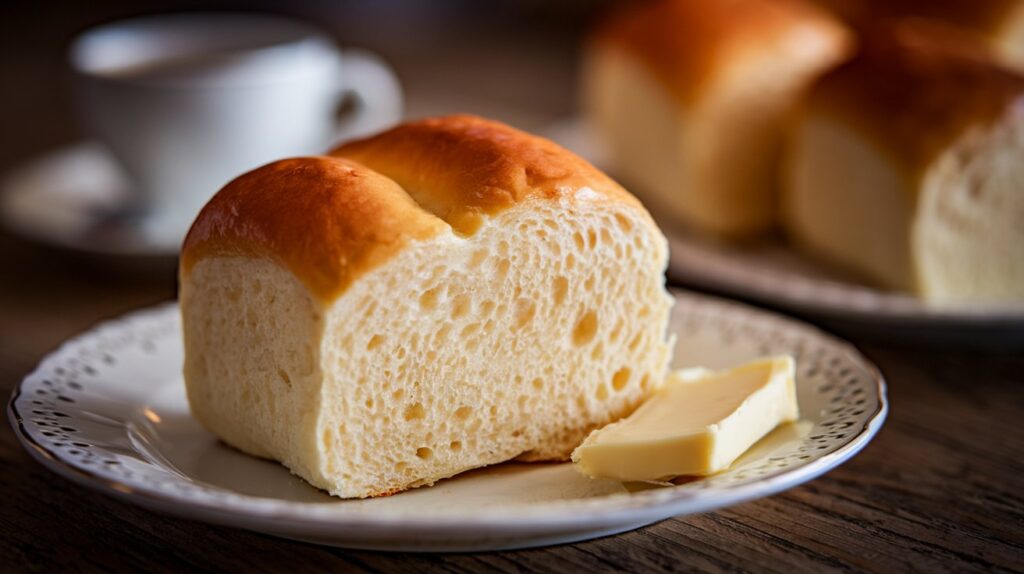
These simple ingredients, when combined with care, create the luxurious texture and flavor milk brioche rolls are known for.
Importance of Quality Ingredients
The quality of your ingredients can make or break your milk brioche rolls. Using fresh, high-quality butter and milk enhances the rich, creamy flavor of the dough. Similarly, selecting a good flour ensures a consistent, elastic dough that’s easier to work with and bakes into a tender roll. High-quality yeast is crucial for proper fermentation, which affects both texture and flavor development. Investing in premium ingredients elevates your rolls from good to bakery-level perfection.
Substitutions and Variations
Milk brioche rolls are highly adaptable, allowing you to tailor them to dietary preferences or ingredient availability:
- Plant-Based Milk: Substitute whole milk with almond, oat, or soy milk for a dairy-free option.
- Vegan Butter: Replace regular butter with plant-based alternatives to make the rolls vegan-friendly.
- Whole Wheat Flour: Swap some or all of the all-purpose flour with whole wheat flour for a nuttier flavor and added nutrients.
Experimenting with these substitutions can open up new flavor profiles or make the rolls accessible for various diets without sacrificing their characteristic softness and buttery taste.
Mastering the choice of ingredients is the first step in creating unforgettable milk brioche rolls. Let’s move forward and see how these elements come together in the baking process!
The Science Behind Milk Brioche Rolls
Role of Milk in the Dough
Milk plays a crucial role in shaping the soft, tender texture that defines milk brioche rolls. The natural fats and proteins in milk add richness to the dough, keeping it moist and preventing it from drying out during baking. This contributes to the pillowy, melt-in-your-mouth quality that sets these rolls apart.
Additionally, milk enhances the flavor by imparting a subtle sweetness and creaminess to the dough. It also aids in browning, thanks to the lactose (milk sugar), which caramelizes in the oven to produce the golden, glossy crust characteristic of milk brioche rolls.
Why Butter is Essential
Butter is the heart of brioche, infusing the rolls with their signature richness and indulgent taste. The fat content in butter tenderizes the dough by coating the gluten strands, limiting their development and resulting in a soft crumb. This is what gives milk brioche rolls their luxurious, melt-in-your-mouth texture.
Beyond texture, butter adds depth to the flavor profile. As the rolls bake, the butter releases its aromatic compounds, creating that irresistible, buttery aroma. This balance of texture and taste makes butter an irreplaceable ingredient in authentic milk brioche rolls.
How Yeast Works
Yeast is the engine of the fermentation process that transforms simple ingredients into light, fluffy rolls. When activated, yeast consumes the sugars in the dough and produces carbon dioxide gas and alcohol. The carbon dioxide gets trapped in the dough’s gluten network, causing it to rise and creating the airy structure that defines brioche.
Fermentation also plays a key role in flavor development. The yeast’s activity creates subtle tangy and complex notes that complement the buttery richness of the rolls. Ensuring proper proofing time allows the dough to fully develop its flavor and achieve its characteristic lightness.
By understanding the science behind milk brioche rolls, you’ll gain a deeper appreciation for how each ingredient contributes to the final product. This knowledge not only helps you troubleshoot potential baking issues but also empowers you to perfect your technique for consistently delicious results.
Step-by-Step Recipe for Milk Brioche Rolls
Preparing the Ingredients
Begin by gathering and preparing all your ingredients. Precision is key in baking, so measure everything carefully:
- Milk: Warm it slightly to around 110°F (43°C) to activate the yeast.
- Butter: Let it soften at room temperature for easier incorporation into the dough.
- Eggs: Bring them to room temperature for better mixing.
- Dry ingredients: Accurately measure the flour, sugar, and salt, and ensure your yeast is fresh and active.
Having everything at the right temperature and ready to go will make the process smoother and ensure the best results.
Making the Dough
- Activate the Yeast: Combine the warm milk with a teaspoon of sugar and the yeast. Let it sit for 5–10 minutes until it becomes foamy, indicating the yeast is active.
- Mix the Ingredients: In a mixing bowl, combine the flour, sugar, and salt. Add the yeast mixture, eggs, and softened butter. Mix until a rough dough forms.
- Knead the Dough: Knead the dough on a floured surface or in a stand mixer with a dough hook until it is smooth and elastic, about 8–10 minutes. The dough should be slightly sticky but manageable.
- Rest the Dough: Place the dough in a lightly oiled bowl, cover it with a damp cloth or plastic wrap, and let it rise in a warm place until it doubles in size (about 1–2 hours).
Shaping the Rolls
- Divide the Dough: Punch down the risen dough and divide it into equal portions (about 12–16 pieces, depending on your preferred size). Use a kitchen scale for uniformity.
- Shape Each Roll: Roll each portion into a smooth ball by cupping it with your hand and gently rotating it on a clean surface. Smooth rolls bake evenly and look more appealing.
- Arrange the Rolls: Place the rolls on a baking tray lined with parchment paper or in a greased baking dish, leaving some space for expansion.
Proofing and Baking
- Second Rise: Cover the shaped rolls with a cloth and let them proof in a warm area until they puff up, about 30–45 minutes.
- Preheat the Oven: Set the oven to 375°F (190°C) during the final proofing stage.
- Bake the Rolls: Brush the rolls with an egg wash (a mixture of beaten egg and a splash of milk) for a golden, glossy finish. Bake for 15–20 minutes, or until the tops are golden brown and the rolls sound hollow when tapped.
Final Touch – Glazing and Serving
Once out of the oven, let the rolls cool slightly before serving. For an alternative to egg wash, you can brush the warm rolls with melted butter or a mixture of honey and water for added shine and flavor.
Serve the milk brioche rolls warm with butter, jam, or your favorite topping. Whether for breakfast, a snack, or a meal, these soft and buttery rolls are sure to impress!
Common Mistakes to Avoid
Over-proofing or Under-proofing
Proofing is a critical step in achieving the perfect texture in milk brioche rolls. Over-proofing can cause the dough to collapse, resulting in dense or flat rolls, while under-proofing prevents the rolls from developing their light, airy structure.
How to Know When the Dough is Ready:
- For the first rise, the dough should double in size. You can test it by gently pressing a finger into the dough—if the indentation springs back slowly, it’s ready.
- During the second proof, the rolls should look puffed but not saggy. They should hold their shape and feel airy to the touch without deflating.
Keeping an eye on the dough rather than relying solely on timing will help you avoid these pitfalls.
Incorrect Measurements
Baking is a science, and precision matters. Incorrect measurements, whether too much flour or not enough liquid, can lead to dough that’s too dry, too sticky, or doesn’t rise properly.
Tips for Precision:
- Use a kitchen scale to weigh ingredients rather than relying on volume measurements, which can vary.
- Level off ingredients like flour with a knife when measuring by cups to avoid packing in too much.
- Be accurate with yeast and sugar, as their proportions directly impact the fermentation process.
Small inaccuracies can have a big impact, so take the time to measure correctly.
Skipping Steps
Each step in the milk brioche roll recipe serves a specific purpose, and skipping any of them can compromise the final product.
- Kneading: This develops the gluten, which gives the dough its structure and elasticity. Insufficient kneading results in rolls that don’t rise well and have a crumbly texture.
- Resting/Proofing: These steps allow the yeast to ferment and the dough to relax, resulting in better flavor and texture. Skipping them can lead to flat, dense rolls.
Follow each step carefully, even if you’re tempted to rush. Proper technique ensures consistent, bakery-quality results.
By avoiding these common mistakes and paying attention to detail, you’ll be well on your way to creating perfect milk brioche rolls every time!
Conclusion
Milk brioche rolls are more than just bread—they’re a culinary masterpiece that combines buttery richness, delicate sweetness, and a soft, pillowy texture. Whether you enjoy them fresh out of the oven, paired with your favorite toppings, or as part of a meal, they’re a must-try recipe for bakers of all levels.
Their versatility allows you to experiment with flavors, substitutions, and uses, making them a delightful addition to your baking repertoire. So gather your ingredients, follow the steps, and enjoy the satisfaction of crafting these bakery-quality rolls in your own kitchen. Happy baking!

If you love baking soft and buttery breads like these milk brioche rolls, you might also enjoy making brioche dinner rolls, a perfect side for any meal. For a slightly crispier breakfast pastry, try this puff pastry breakfast recipe, a delightful way to start your day. And if you’re looking for another fun breakfast treat, check out this crescent roll breakfast recipe for a quick and delicious option!
FAQs About Milk Brioche Rolls
Can I Make Them Without a Mixer?
Yes, milk brioche rolls can be made without a mixer! Hand-kneading takes more time and effort but achieves the same result. To hand-knead:
- Mix the dough until it comes together.
- Turn it out onto a floured surface and knead by pressing with the heel of your hand, folding, and turning the dough repeatedly.
- Knead for about 10–15 minutes, until the dough is smooth and elastic.
How Long Do They Stay Fresh?
Milk brioche rolls stay fresh for about 1–2 days at room temperature when stored in an airtight container. To extend their shelf life:
- Refrigerate them for up to a week, though they may lose some softness.
- Freeze them for up to three months. Reheat in the oven to restore freshness.
What’s the Best Flour to Use?
Bread flour is ideal for milk brioche rolls because its higher protein content creates more gluten, resulting in a slightly chewier texture and better structure. However, all-purpose flour can also be used and will yield softer rolls with a slightly more tender crumb.
Can I Make the Dough Ahead?
Yes, you can make the dough ahead for convenience. After the first knead, cover the dough and refrigerate it overnight for a slow proof. The next day, let the dough come to room temperature, shape the rolls, and proceed with the second rise and baking. This method enhances flavor development due to extended fermentation.
Why Didn’t My Rolls Rise?
If your rolls didn’t rise as expected, it could be due to:
- Inactive Yeast: Ensure your yeast is fresh and properly activated in warm (not hot) liquid.
- Too Cold Environment: Dough needs a warm, draft-free space for proofing. If your kitchen is cool, consider placing the dough in an oven with the light on or near a warm appliance.
- Overproofing or Underproofing: Follow the proofing times and test the dough for readiness.
By addressing these issues, you’ll achieve beautifully risen, fluffy rolls every time.

